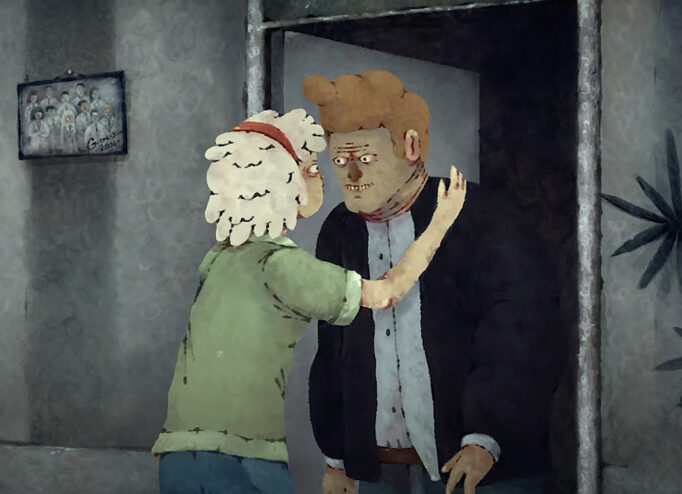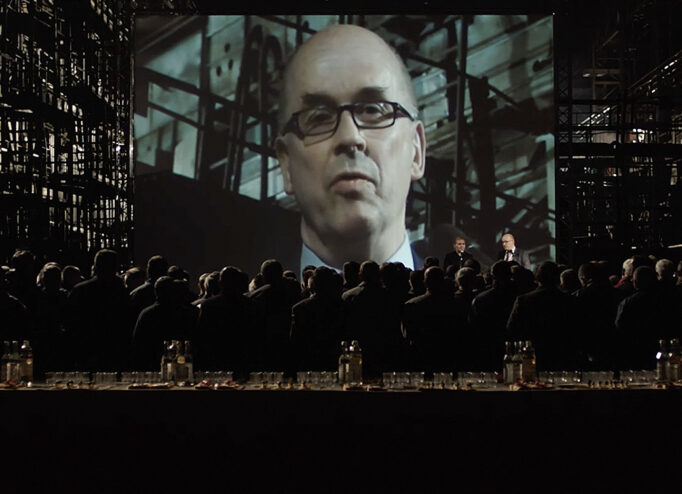News about the shooting of foreign films in Kyiv usually causes quite a stir in social networks and Ukrainian media. Here, in particular, the Indian blockbuster RRR, the American TV series Chernobyl, the Netflix comedy action film The Last Mercenary were filmed. But it is Ukrainian filmmakers who succeed in revealing Kyiv better than anyone else, because they don’t perceive its streets only as scenery. Here is the DTF Magazine’s selection of 15 films shot in Kyiv that help us better understand the city and show different sides of its life, some of which are hidden from the eyes of the average citizen. From obvious classics to experimental short films
1. In Spring, 1929
Directed by Mykhailo Kaufman
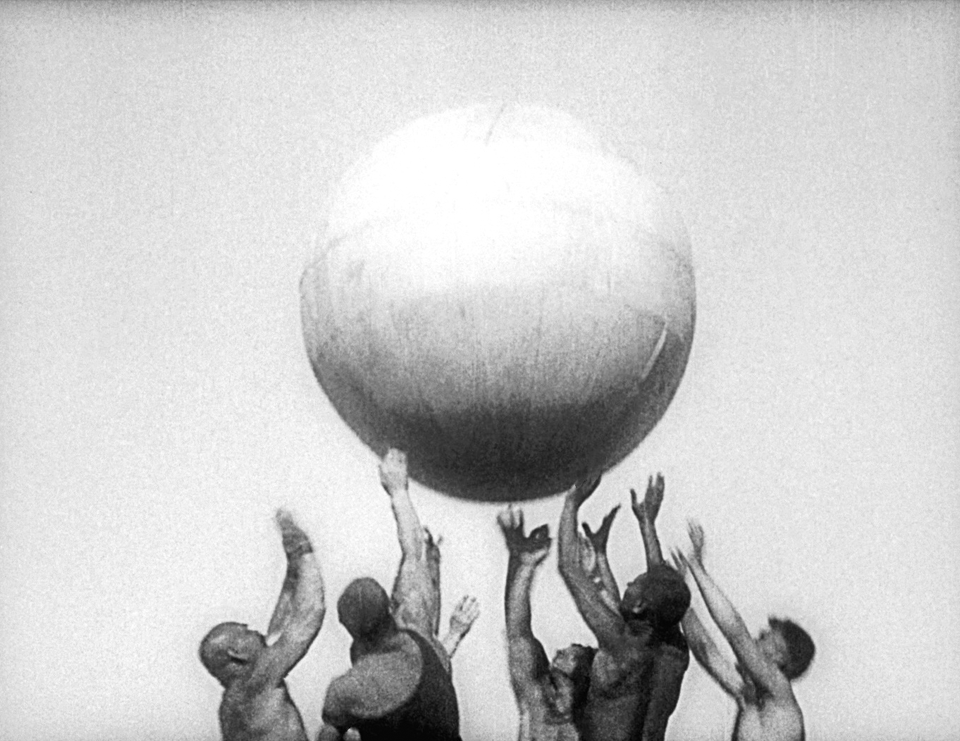
What is shown: the industrialization of Kyiv in the late 1920s
A non-fiction film made by Dzyga Vertov’s brother and co-author, along the lines of the Kino-Eye avant-garde theory. Here the director used the method of «hidden camera» for the first time, filming the streets and residents of Kyiv. French film historian Georges Sadoul called the film «more of a cinematic poem than a documentary» and wrote that In Spring, along with Oleksandr Dovzhenko’s Earth, «made a profound impression».
2. Chasing Two Hares, 1961
Directed by Viktor Ivanov
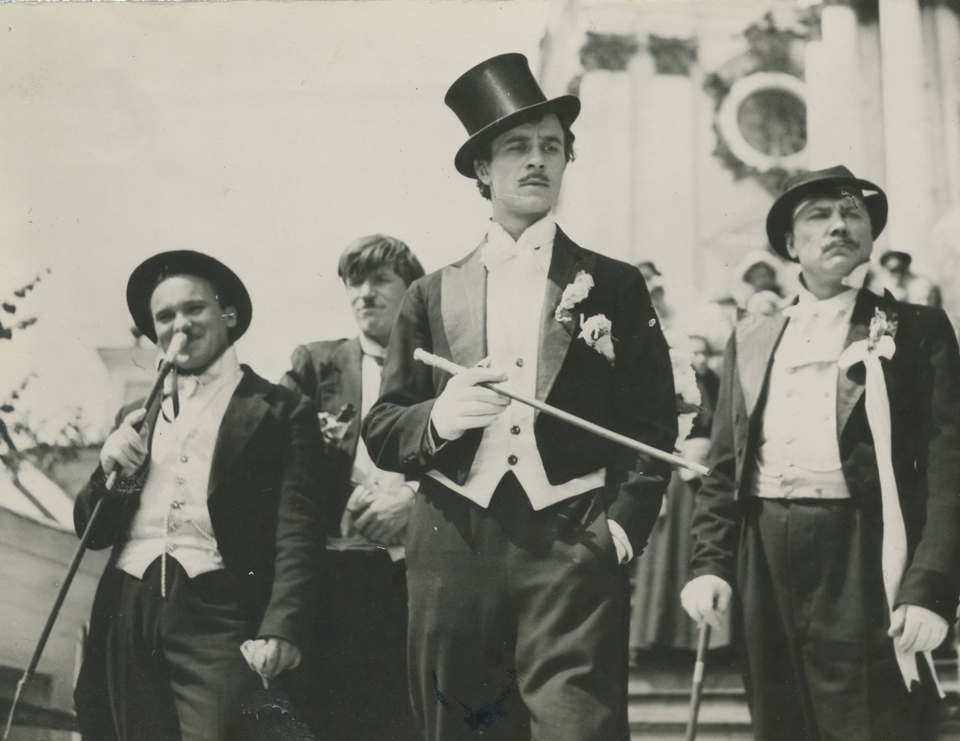
What is shown: Andriivskyi Descent of the 1960s
This is a classic comedy based on the play by Mykhailo Starytsky about the cunning barber Svyryd Holokhvosty. He decides to remedy his financial situation by a profitable marriage, so he meets a rich woman named Pronya Prokopivna. But he continues to date two girls at once. Until recently, it was thought that the Ukrainian version of the film was lost and the movie existed only in russian dubbing, but the original version was found in Mariupol and restored in 2013. In the russian dubbing, only Holokhvosty spoke surzhyk and it gave the impression of a bizarre detachment from the other characters.
3. A Friend of the Deceased, 1997
Directed by Viacheslav Kryshtofovych
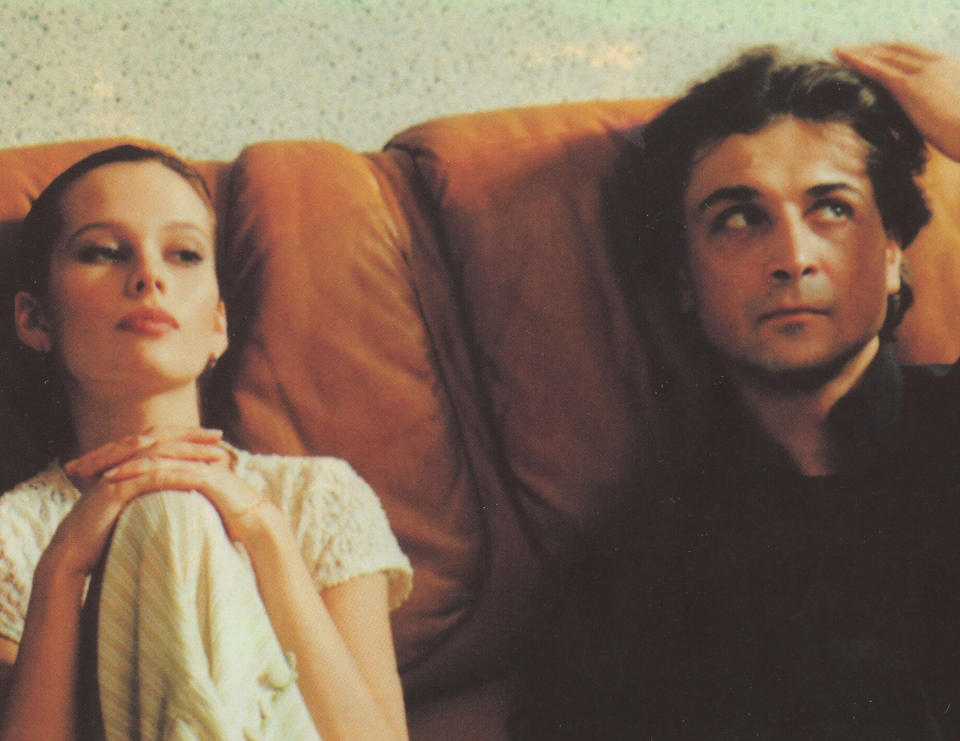
What is shown: 90s Podil
The film based on Andrii Kurkov’s novel A Matter of Death and Life is about a translator, Anatolii, whose wife has left him. While his friends are earning ‘easy money of the ’90s’, the protagonist cannot find himself. Out of desperation, he supplies the killer with a picture of himself, and this leads to an acquaintance with a young sex worker and a lonely widow whose husband died because of Anatolii. It was one of the most successful Ukrainian projects of the 1990s because the film was shown in 18 countries, particularly in the United States and Canada.
4. Melody for a Street Organ, 2009
Directed by Kira Muratova
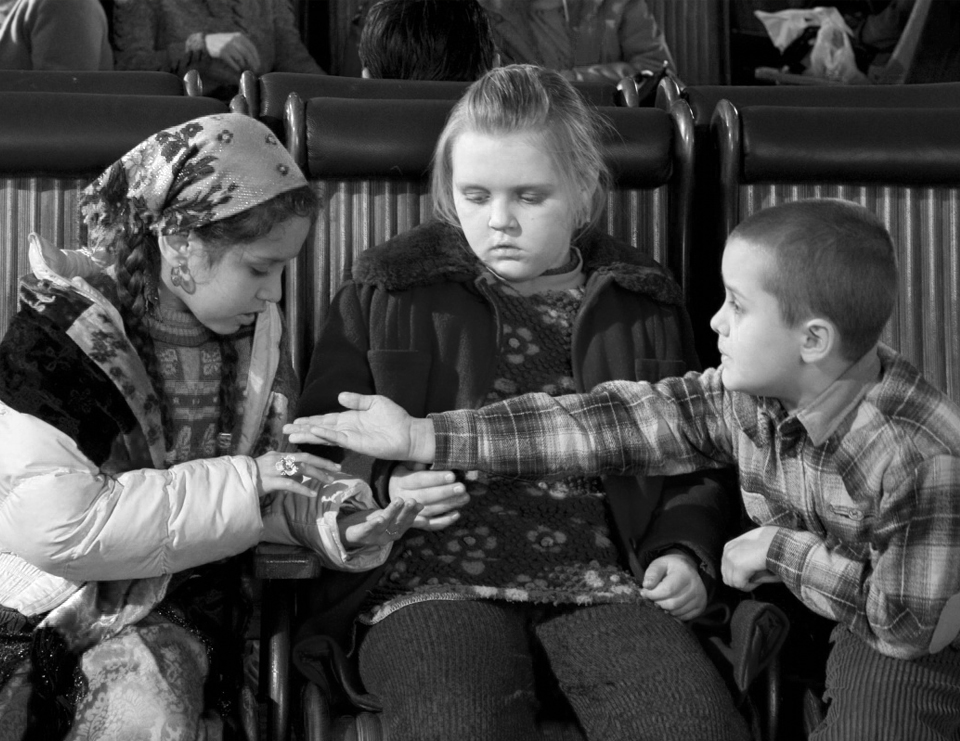
What is shown: Railway station of the 2000s
After their mother’s death her children – stepbrother and stepsister – have no choice but to go and find their fathers in the big city. But nobody really cares for them. Despite the Christmas holiday, nothing magical happens to the main characters, but they meet completely different people, from weirdos and idiots to kind and sympathetic people. And although some of the roles in the film were played by russians Renata Litvinova and Oleg Tabakov, director Kira Muratova shows people in electric trains singing Good Evening Dear Host (Dobryi vechir tobi, pane hospodariu), and the main roles were given to eccentric residents of Kyiv.
5. Has-Beens, 2015
Directed by Olena Moskalchuk and Dmytro Burko
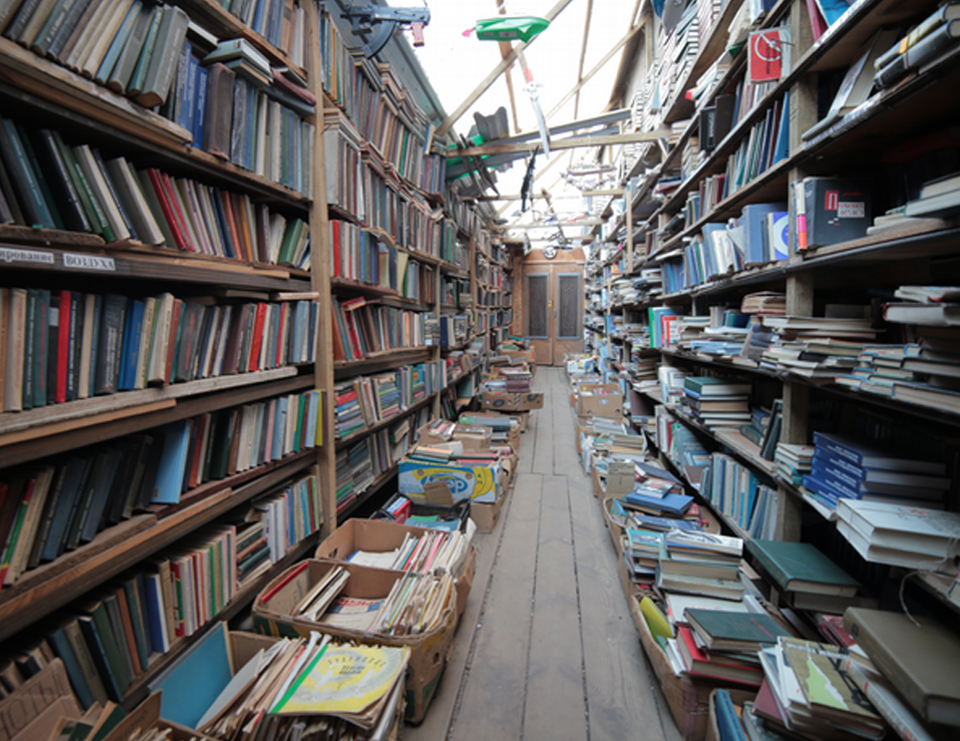
What is shown: Petrivka book market
This is one of the few documentary short films that takes the viewer through the labyrinths of the Petrivka book market. The film, created as part of the International festival of film and urbanism ‘86’, shows local old school market sellers who sell rare paper editions of long-forgotten books. We also recommend the six-minute animation Petrivka Requiem, which redefines decommunization through the images of subway cleaners, the voice of the new announcer, and station passengers. And if you liked the mood of Has-Beens, watch Mykhailo Volkov’s ethnographic expedition Dovecotes of Kyiv, the title of which speaks for itself.
6. The Nail, 2016
Directed by Fіlіp Sotnichenko
What is shown: Podil of the 2010s and 1990s
Valentyna works in the communications department of a bank in Liechtenstein. She remembers russian and Ukrainian well because she lived in Kyiv in the difficult times for Ukraine’s economy in the nineties. During the film she recalls playing the violin and saying goodbye to her mother and stepfather in her Kyiv apartment. The film uses a 1995 chronicle of English teacher Dave Spencer and a 1996 chronicle of conductor Ihor Chernytskiy, as well as a recording of a tape that belonged to the family of the first director of the Molodyi Theatre (Young Theatre), Oleksandr Zabolotnyi.
7. Falling, 2017
Directed by Maryna Stepanska
What is shown: Troieshchyna area
Musician Anton returns from Switzerland after two years of study and six months in rehab for drugs and alcohol. His grandfather tries to keep him away from the temptations of the city, so he takes the boy to the countryside. There he meets Katya, who is about to leave for Berlin with her boyfriend, but an unexpected meeting changes their plans for the future. The film Falling shows that love is possible among the panel blocks when war comes to the country. It premiered in competition at the 52nd Karlovy Vary International Film Festival, and actress Daria Plakhtii won major awards at the festivals in Rabat, Premiers Plans d’Angers and the Ukrainian ‘Golden Dzyga’ award.
8. In Joy and Only in Joy, 2018
Directed by Maryna Roschina
What is shown: ‘Golden Gate’ area and ‘bedroom’ communities in the Dniprovskyi District
Katya, a young single mother, falls in love with a guy at a party. She doesn’t have the courage to tell him that she has a son, and as their relationship develops rapidly the revelation becomes more complicated. Katya balances between going to clubs and troubled motherhood on the Kyiv’s Left Bank. ‘The contrasting opposition of center and periphery shows not only the idea of different parts of the city, but also the character’s mental division of her life challenges, — film critic Ksenia Boyko writes for LB.UA. — On Reitarskaya Street she is carefree, drunk and loud, and on Azerbaidzhanska Street she is silent, wants privacy and wants to sleep, but has to take care of her son, resolve conflicts with local moms and deal with everyday life’.
9. Hero of My Time, 2018
Directed by Tonia Noyabrova
What is shown: PinchukArtCenter and the art world of the capital
Zhoryk moves to Kyiv, lives in his aunt’s apartment and works various jobs in order to meet the right people. In the United States, Zhoryk would be called a hustler, but in Ukraine he looks like a provincial trying to survive in the uncomfortable reality of Kyiv. First Zhoryk is bothered by garbage in the house, then by garbage in the museum (which actually turns out to be an exhibit), and then by his own helplessness, when connections are more important than knowledge. Director Tonia Noyabrova rhymes the protagonist’s expectations of the great city of Kyiv with the impressions of the ‘metropolitan bohemia’ he has to work with.
10. The Winter Garden’s Tale, 2018
Directed by Semen Mozgovyi
What is shown: VDNG pavilions
For the last 45 years, Valentyna Voronina has been the steward of the floriculture pavilion in the Exhibition of Achievements of the National Economy of the Ukrainian SSR, but the new tenants want to retire her. At the same time, a group of mysterious radioestesists finds a powerful channel of positive energy near the pavilion entrance and make Mrs. Voronina believe it and crawl around with chalk in her hands. This is absurd, because Voronina will be replaced by another younger Valentyna. However, the protagonist does not give up and wants to complete all her work in the pavilion. This is not a story of despondency and despair, but a portrait of a woman who has devoted most of her life to one job.
11. Dedicated to the Youth of the World II, 2019
Directed by Yarema Malaschuk and Roman Khimei
What is shown: the largest pavilion of the Dovzhenko Film Studios and its courtyard
This is a static documentation of the largest Ukrainian rave called ‘Cxema’ in April 2018. A sunny day outside the party brings the characters back to a reality that seems no less vague. ‘It’s the same with the youth from ‘Cxema’: at the beginning of the film it’s a crowd, but at the end it’s specific people who model themselves so much that if you film them documentary, it wouldn’t convey their identity. When they know they’re being filmed, they try even harder to conform to their created personality. To require them to be real is, in my opinion, not to understand them’, comments Yarema Malashchuk, one of the filmmakers, Yarema Malaschuk, comments on the filming. Read more about deception in documentaries in our interview with the director.
12. Enter Through The Balcony, 2019
Directed by Roman Blazhan
What is shown: the most notable capital balconies
Roman Blazhan’s urban expedition explores the phenomenon of the capital’s balconies, which can sometimes be larger than an apartment. The lack of state regulation and the imagination of the inhabitants of bedroom communities allowed us to discover amazing new spaces where people work, relax and fall in love. Filming took place in eight Ukrainian cities: Kyiv, Odesa, Kharkiv, Lviv, Dnipro, Vinnytsia, Poltava and Horishni Plavni. The filmmakers came up with the idea after they finished working on a promotional video for the «Osnovy» book ‘Soviet Modernism. Brutalism. Post-Modernism’.
13. Circulation, 2020
Directed by Oleksiy Radynski
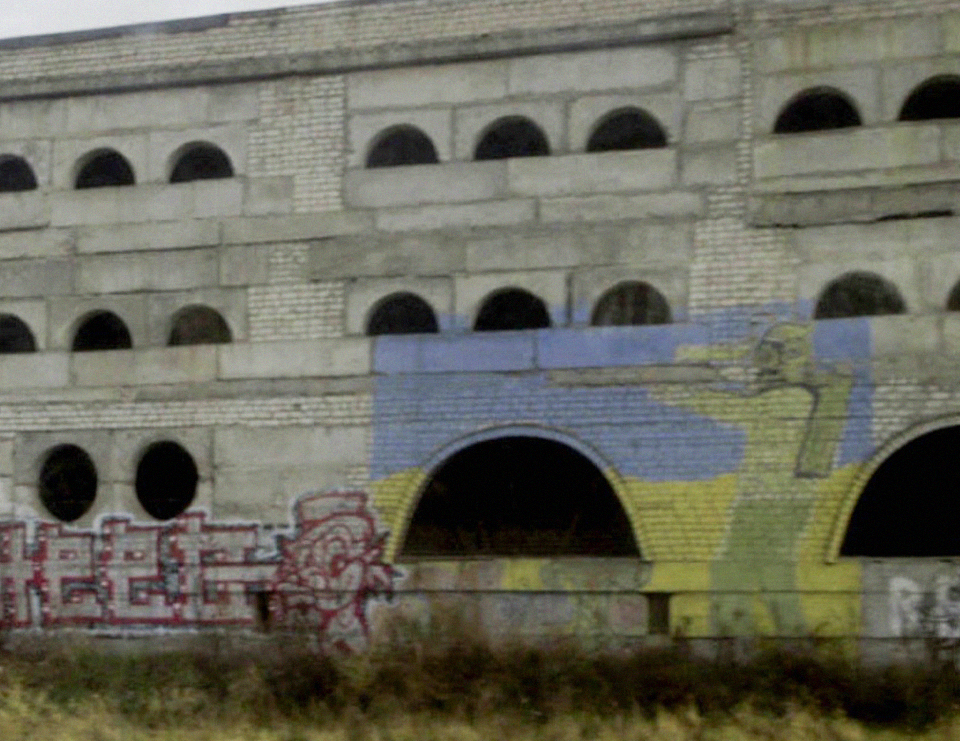
What is shown: ‘Flying Saucer’ at Lybidska station
The 10-minute short film shows how Kyiv’s architectural landscape has changed over the course of three years. The director pays special attention to the ‘Flying Saucer’ at Lybidska Station, which became the main subject of discussion in his feature film ‘Infinity According to Florian’. ‘The film „Circulation“ consists largely of footage that was not included in the film about the saucer. We used the city train as fates, we rode it because at the time it could be used as a tool for a mobile fixation of the changes going on in the city’, Oleksiy Radynski tells us in our big interview.
14. We are here/ We are close, 2020
Directed by Roman Balayan
What is shown: Velyka Zhytomyrska Street, Podil
A black-and-white melodrama with Akhtem Seitablayev (‘Cyborgs’) and Kateryna Molchanova (‘Black Level’) tells the story of Oleksii, a surgeon, whose godson dies in his arms during operations. He isolated himself from city life on the lawn by the lake, and suddenly a stranger enters the water. Thus begins a romance between the two characters who wander the forest trails and city roads. For now, this is the last film by Roman Balayan, who, after Flights in Dreams and Reality, returns to reflecting on the midlife crisis and an entire generation that is experiencing emotional and physical loss.
15. It’s a Date, 2023
Directed by Nadia Parfan
What is shown: Poshtova Square and Podil
At dawn, a car rushes through the morning Kyiv at breakneck speed. This film, shot from a subjective camera angle in one shot. ‘It’s a Date’ is a representation of today’s capital, in which the director shows his commitment to the city through the route and locations. Where and why the car moves — the finale of the debut feature film by Nadia Parfan (‘Heat Singers’) will answer. The film was selected for the Berlinale Shorts program, a competition for short films at the Berlin Film Festival.



